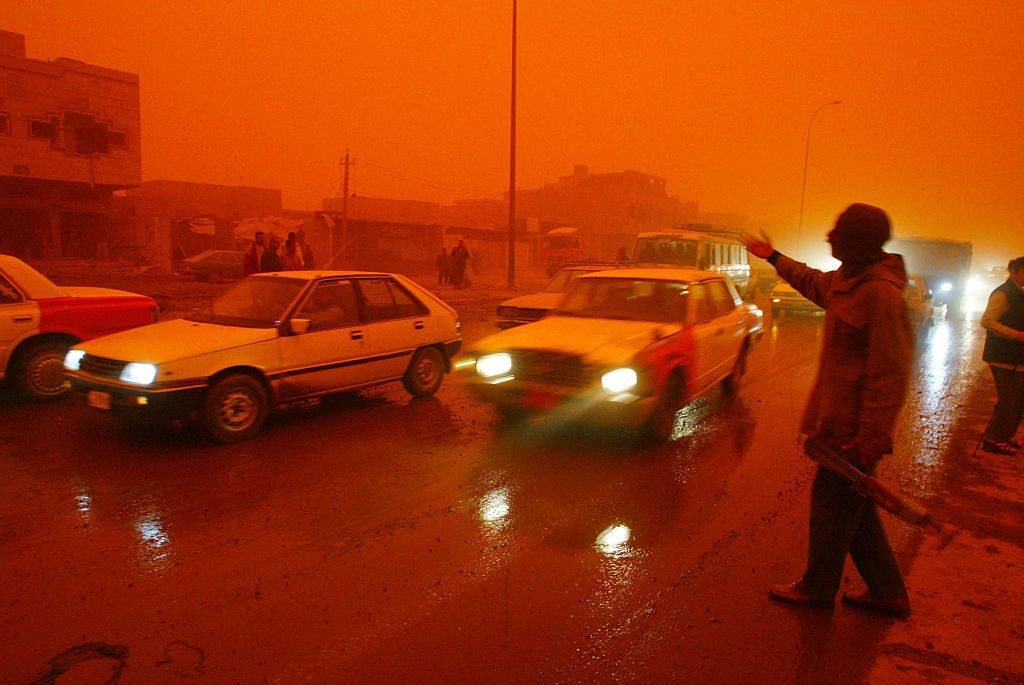The meteorological phenomenon rarely occurs in the UK
First a total lunar eclipse, then talk of an asteroid and now ‘blood rain’ – is the universe trying to give us a sign?
That’s right, the UK is forecast to be hit by lightning and thunderstorms in the coming days, as per predictions from the Met Office. Yellow weather warnings have been issued to regions across central and South Eastern England and are expected to last until Thursday.
Yellow weather warning issued ⚠️
Thunderstorms across central and southeastern England will arrive this evening ⚡️
Valid Today 1900 – Thursday 0300
Latest info 👉 https://t.co/QwDLMfRBfs
Stay #WeatherAware⚠️ pic.twitter.com/gSuAyOcL65
— Met Office (@metoffice) May 18, 2022
However, the wild weather may not stop there; thanks to a Saharan dust cloud which has been drifting over in our direction since March, we could also potentially witness the meteorological phenomenon commonly referred to as blood rain.
Don’t worry, it isn’t as scary as it sounds but it is pretty cool.
Reports of “brown rain” have been trickling in across parts of Britain after having swept over Europe in recent days and weeks. Clouds like these are actually a fairly common annual occurrence but their effects vary from case to case.

What is blood rain?
Whilst the above is clearly a more extreme example, the appearance of blood rain is still a rather unusual sight, especially in regards to the UK, which can be subjected to this kind of weather maybe once a year at most.
As the Met Office explains, while similar dust clouds from the likes of the Sahara blow over quite regularly, the particles are yellow or brown and mixed in very low concentrations, meaning its barely perceptible, adding that you might sometimes see a thin film of yellow, brown or reddish dust on cars and windows after the water has evaporated.
As such, the UK rarely sees ‘proper’ blood rain as seen above – but the science behind how it occurs is still pretty interesting.
What causes blood rain?
Blood rain is essentially formed when particles from sand, dust and debris combine with the air and rain to cause droplets to appear a darker colour as they fall, as well as tinting the sky with a yellow, brown or reddish hue as a result.
You can watch a helpful video explaining the more specific processes that cause blood rain to occur down below:
Related links:
- UK drivers shocked over car park that fines people even if they don’t park
- Man arrested after Sheffield United’s Billy Sharp attacked by Nottingham Forest fan
- NASA picture of Mars ‘doorway’ sparking bizarre conspiracy theories















































